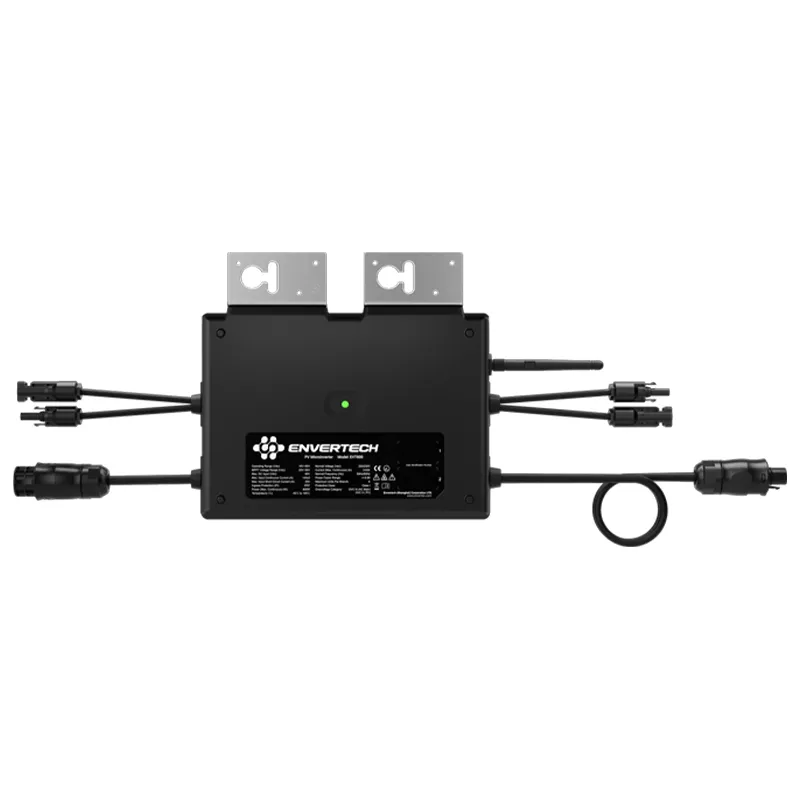mono bifacial solar panel price
The Price of Mono Bifacial Solar Panels A Comprehensive Overview
In recent years, the renewable energy sector has witnessed significant advancements, particularly in solar technology. Among the various types of solar panels available on the market, mono bifacial solar panels have gained popularity due to their efficiency and dual-sided energy generation capabilities. This article provides an in-depth examination of the price trends associated with mono bifacial solar panels, along with factors influencing these trends.
Understanding Mono Bifacial Solar Panels
Mono bifacial solar panels are composed of monocrystalline silicon and can generate electricity from both sides, which enhances their energy output. Unlike traditional solar panels that absorb sunlight exclusively from the front, bifacial panels utilize reflected sunlight from their surroundings—such as the ground, water, or even nearby structures—allowing for an increase in energy generation. This technology makes them particularly suitable for installations in reflective environments or where space is limited, as they can produce more energy per square foot.
Current Pricing Landscape
As the market for solar energy continues to expand, the pricing of mono bifacial solar panels has become increasingly competitive. As of 2023, the average price of mono bifacial solar panels ranges from $0.30 to $0.60 per watt, depending on various factors such as manufacturer, efficiency ratings, and additional features. For a typical installation, this could mean a total cost ranging from $4,000 to $12,000 for residential systems, depending on size and customization. However, it is essential to note that prices can fluctuate due to several influences.
Factors Influencing Prices
1. Supply Chain Dynamics The solar industry has experienced disruptions in supply chains, particularly during the COVID-19 pandemic. Factors such as material shortages, shipping delays, and trade regulations can affect the availability and cost of solar panels. For instance, the availability of polysilicon, a key material in solar panel manufacturing, has had a significant impact on pricing.
mono bifacial solar panel price

2. Technological Advancements Continuous innovations in solar technology lead to improved manufacturing processes and products. As manufacturers adopt new technologies and efficiencies increase, the cost of producing mono bifacial panels may decrease, potentially lowering market prices.
3. Government Incentives and Policies Various countries and regions implement policies and incentives to promote renewable energy. For instance, tax credits, rebates, and grants can help reduce the overall cost for consumers, making solar installations more affordable. Such incentives often lead to increased demand, which can subsequently affect pricing dynamics.
4. Installation Costs The price of mono bifacial solar panels is just one part of the overall installation cost. Labor, permitting, and additional installation equipment can significantly influence the total expenditure. Therefore, potential buyers should consider the complete installation package when evaluating the affordability of solar panels.
5. Market Competition The solar panel market is competitive, with numerous manufacturers producing various types of panels. This competition can keep prices in check, pushing companies to offer better pricing and incentives to attract customers.
Future Pricing Trends
Looking ahead, the price of mono bifacial solar panels is expected to evolve as technology advances and the market matures. Analysts predict that costs may continue to decline in the coming years, driven by improvements in manufacturing efficiency and increasing competition among suppliers. Additionally, rising demand for renewable energy sources, in alignment with global environmental goals, can further influence pricing trends.
Conclusion
Mono bifacial solar panels present a promising option for homeowners and businesses looking to invest in solar energy. While the initial pricing may vary, understanding the factors that influence costs and keeping an eye on market trends can empower consumers to make informed decisions. As the world shifts toward sustainable energy solutions, the economic viability of solar technologies, including mono bifacial panels, will likely enhance, transforming the energy landscape for the better.
-
Unlocking Energy Freedom with the Off Grid Solar InverterNewsJun.06,2025
-
Unlock More Solar Power with a High-Efficiency Bifacial Solar PanelNewsJun.06,2025
-
Power Your Future with High-Efficiency Monocrystalline Solar PanelsNewsJun.06,2025
-
Next-Gen Solar Power Starts with Micro Solar InvertersNewsJun.06,2025
-
Harnessing Peak Efficiency with the On Grid Solar InverterNewsJun.06,2025
-
Discover Unmatched Efficiency with the Latest String Solar InverterNewsJun.06,2025







